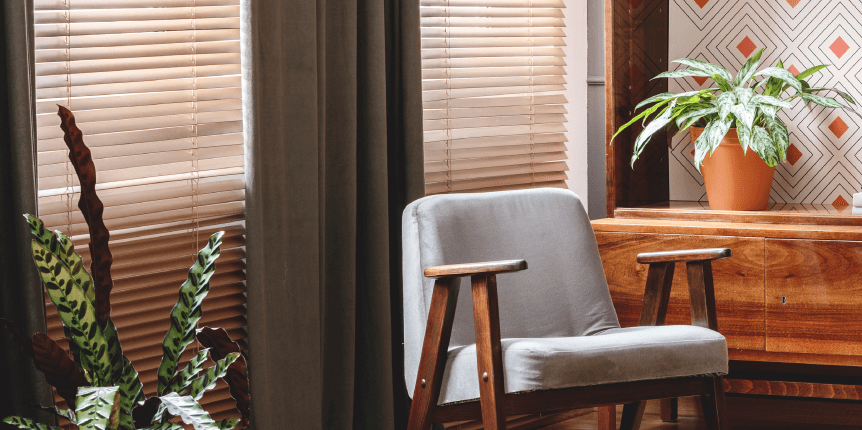4 Ways to Use Home Design to Optimize Energy Efficiency
Posted On: October 6, 2020

Whether you’re building a new house or enjoying your current home, it just makes sense to use the home’s design to optimize energy efficiency. Considering the known conditions — sun, wind and light — you can find energy-saving solutions that offer serious savings on your electricity bill.
Check out these four ways to use your home’s layout and orientation to maximize energy efficiency.
- Think about your trees.
We all know that tall trees provide homes shade on sunny summer days, but the type of trees and their placement matter, too. Evergreen trees on the north side of a home will provide shade from the summer sun, but deciduous trees lose their leaves in the winter and allow natural light in, so those should be planted on the southern side of a home. However, if you’re considering solar panels to make your home more energy efficient, you’ll want direct sunlight shining on your roof, unobstructed by trees. - Treat windows effectively.
According to the U.S. Department of Energy, about 30% of a home’s heat is lost through windows. A number of home décor options exist for your windows to help reduce heat loss in winter or heat gain in summer, including:- Insulated cellular shades, made from pleated materials that fold up like an accordion, typically have the highest R-value of all window coverings. They can reduce unwanted solar heat gain through windows by up to 80% in warmer months and reduce heat loss by up to 40% in cooler months.
- Medium-colored draperies with white plastic backings can reduce heat gain by 33%, studies have shown.
- White or near-white reflective blinds can reduce heat gain by 45% when closed and lowered on a sunny day. These are ideal for south- and west-facing windows.
- Use wind strategically.
A cool breeze can make all the difference on a hot summer day. In fact, the wind chill effect on your skin can make a room feel up to 8° cooler. So open windows and take advantage of breezes that flow through your home to naturally and efficiently cool you off, as opposed to running the air conditioner. - Optimize new construction.
If you’re building a home, one of the best ways to minimize energy consumption is to orient the home facing south, with the house’s longer side running east to west. Homes oriented in this way can save between 10% to 20% on home heating, according to the Bonneville Power Administration and the City of San Jose, California. Though this tactic of capturing solar gain in the winter and blocking it in the summer is nothing new — Neolithic and ancient Ming Dynasty houses featured south-facing doors — it’s still sound advice in modern times.
You may or may not have a choice in your home’s design and orientation, but you can still improve energy efficiency and help lower your energy bill by working with what you’ve got.